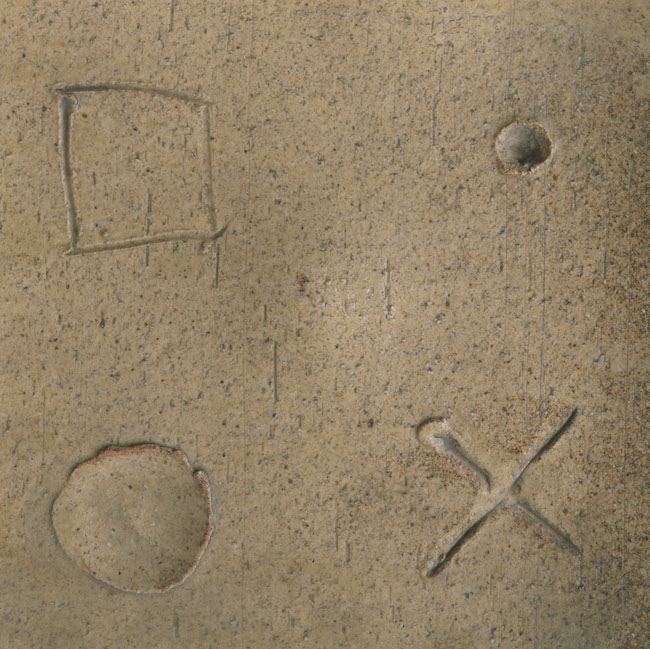LONG ISLAND, NEW YORK — The Isamu Noguchi Museum in Long Island is celebrating its 30th anniversary this year with Tea Ceremony (Long Island, March 23 — July 24). Sculptor Tom Sachs’ will set a house in a garden surrounded by Noguchi sculptures. He will accessorize the house with lanterns, gates, a wash basin, a koi pond and an “ultra-HD” video wall with footage of Mt. Fuji.
The table will be set with more than 300 of Sachs’ handmade porcelain chawan, or tea bowls.
In collaboration with the Sachs show, the Noguchi Museum is showing selections from Isamu Noguchi’s functional ceramic collection. These include plates, bowls, trays and an assortment of other traditional forms. These, the museum states, all play with the “notion of use value.” Functional Ceramics (January 27 – July 24) overlaps Sachs’ tea exhibition.
Noguchi was born in 1904 in Los Angeles to an American mother and a Japanese father. He lived in Japan until the age of 13 before moving to Indiana. He left medical school to become an academic sculptor. He worked in the Paris studio of Constantin Brancusi for two years. He first gained recognition in the U.S. in 1938 with a large sculpture commissioned by the Associated Press symbolizing the freedom of the press. This began his long and storied career with public artwork.

Isamu Noguchi, Face Dish (Boku), 1952, Shigaraki stoneware. Photograph by Kevin Noble. Click to see a larger image.
In 1985, Noguchi opened The Isamu Noguchi Garden Museum (now known as The Noguchi Museum), in Long Island City, New York, according to his biography. The Museum, established and designed by the artist, marked the culmination of his commitment to public spaces. Located in a 1920s industrial building across the street from where the artist had established a studio in 1960, it has a serene outdoor sculpture garden, and many galleries that display Noguchi’s work, along with photographs and models from his career.
Noguchi’s first retrospective in the United States was in 1968, at the Whitney Museum of American Art in New York City. In 1986, he represented the United States at the Venice Biennale. Noguchi received the Edward MacDowell Medal for Outstanding Lifetime Contribution to the Arts in 1982; the Kyoto Prize in Arts in 1986; the National Medal of Arts in 1987; and the Order of Sacred Treasure from the Japanese government in 1988. He died in New York City in 1988.
Do you love or loathe this contemporary ceramic art? Let us know in the comments.




Add your valued opinion to this post.